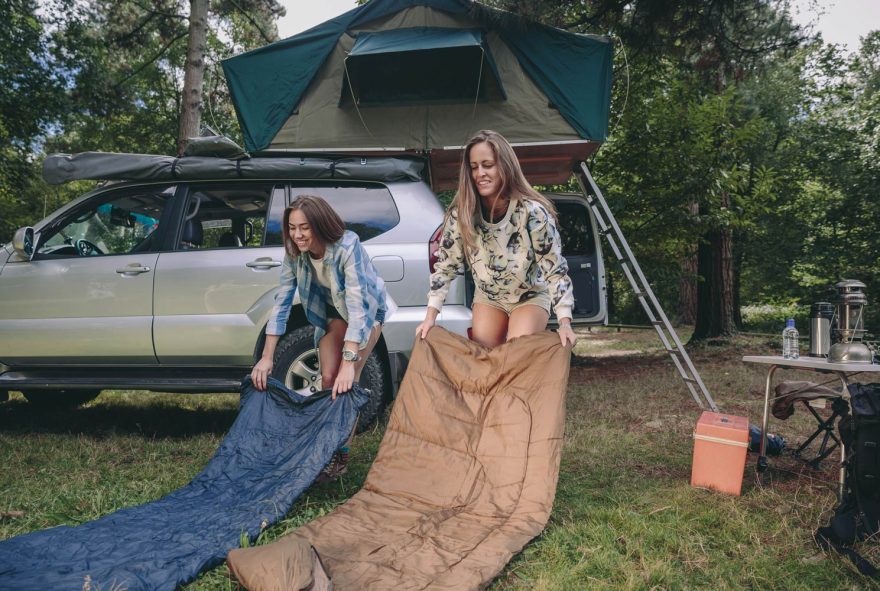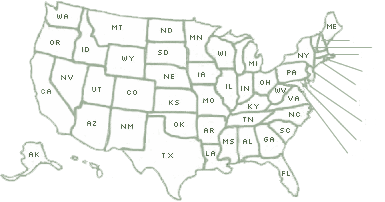
Sometimes it’s a sprinkle of rain, while other times the heavens open and water comes pouring down. When you’re in the backcountry, even just a small amount of rain can cause more trouble than it’s worth, making you miserable, particularly if you’re unprepared.
Here’s what you need to do if heavy rain soaks your sleeping bag, so you can still enjoy your trip.
Analyze the situation
Start with the basics. What you need to do is figure out how wet your sleeping bag really is.
If only the foot or top of your bag is wet due to rubbing up against the wall of your tent during the evening and soaking up moisture from condensation, this is pretty normal and salvageable. Most likely, all you need to do is use your sleeping bag after drying it out in the sun, or sometime throughout the day when you take a break.
However, if your bag is significantly wet because you got caught out in the rain, or you fell into a river, the situation is a bit more precarious. Start by squeezing (but not wringing) out as much water as you can, then hang your bag so it can drip dry as much as possible. You should handle your wet sleeping bag very carefully, as a tear can happen more easily in this situation.
If you are close to a town, then the best thing for you to do is to hike to the nearest town and take your bag to a laundromat, where it can be thoroughly dried. It may seem like an extreme action, but remember that it takes around four hours to dry in a normal dryer, so it could take lots longer to dry outdoors. Drying it by a campfire is not recommended, as you can destroy or melt the materials.
Take advantage of your party
If you’re in the middle of nowhere, and it’s not feasible to reach a laundromat, but you have other people in your camping party, then take advantage of those resources. If your sleeping pad is still in good shape, you can ask them to share their sleeping bag with you; they just need to fully unzip it and use it as a quilt.
If no one is willing or able to share their sleeping bag, then layer up with a bunch of your clothes and borrow someone else’s clothes. Use the burrito technique, and roll yourself up in a tarp or tent body to keep warm. If it’s freezing, then place some hot water bottles alongside your layers.
Survival strategies while soloing
If you’re camping by yourself, the best thing for you to do is hike to the nearest town and look for a laundromat to dry your bag. As long as you’re hiking, you’ll stay warm, so keep moving. If that’s not an option, then wrapping yourself up in lots of layers and water bottles is still feasible.
Anytime you’re camping alone, make sure that you have sufficient skills, clothing, and gear to overcome a disastrous situation such as a waterlogged sleeping bag. A good idea is to carry plastic garbage bags to use as liners and think about packing long underwear, a sleep shelter, gloves, rain pants, and a stove.
 Your Privacy Choices
Your Privacy Choices

